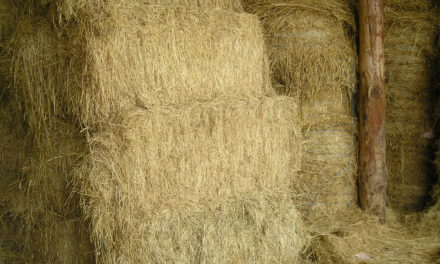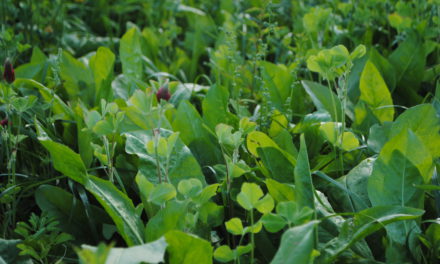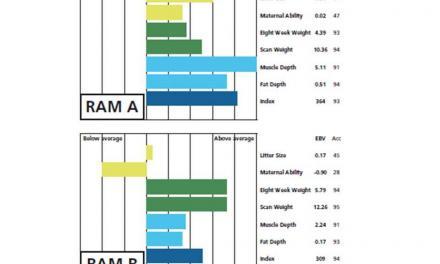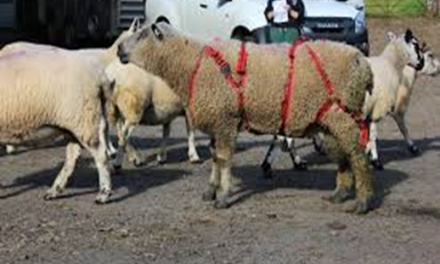This post is also available in:
![]()
![]()
![]()
![]()
![]()
Producing high feed value grass silage
Solution name: Producing high feed value grass silage
Aim: To present key management decisions required to produce high feed value silage
Description:
- Silage feed value is a combination of nutritive value (e.g. energy concentration) and intake potential, both of which are impacted by digestibility
- Silage feed value is a key factor influencing the profitability of many systems of sheep production because of its impact on:
- forage and thus nutrient uptake
- ewe body weight and codition score
- lamb birth weight
- lamb body weight gain
- level of concentrate supplementation required to achieve a given level of animal performance
- For sheep target the production of high feed value silage [ dry matter (DM) digestibility > 75%; digestible organic matter in the dry matter > 71%; metabolisable energy concentration > 11.4 MJ/kg DM]
Topic: Nutrition and Management
Production: Dairy / Meat
Animal Category: Adult / Lamb / Replacement
Issue:Forage feed value
Level of Solution: Knowledge, Practical
Country: Ireland
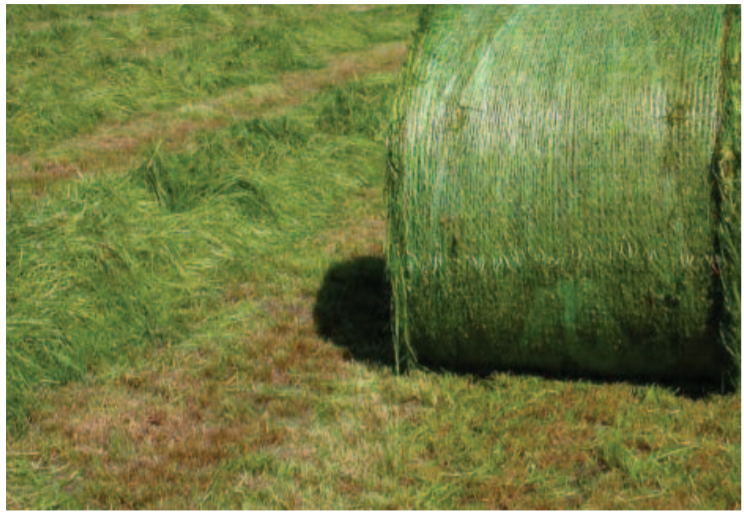
How to implement it
Swards can be measured using the following techniques:
The following are key factors in the production of high feed value grass silage:
1) Fertilizer application:
– apply 120 and 100 kg nitrogen per hectare for first and second harvest.
– base phosphorus and potassium application on soil analysis and crop requirement. Up to 26 kg potassium is removed per tonne of herbage DM harvested.
2) Date of harvest:
– digestibility declines by 3.3% units for each one week delay in harvest
– harvest swards prior to seed head emergence and prior to accumulation of dead material at the base of sward canopy
3) Wilt:
– target DM concentration of at least 25% for clamp silage and 30% for baled silage
– rapid wilt is essential, the key factors affecting drying rate are solar radiation, wind speed and spreading herbage evenly on the ground
– spread herbage after mowing
4) Reduce forage chop length but digestibility is the key factor influencing feed value
5) Ensile, consolidate and seal rapidly
Expected benefits
- Producing high feed value grass silage improves animal performance and reduces the quantity of concentrate supplementation required, thus increasing profitability
Cost Benefit analysis
An increase in silage feed value either increases animal performance at a constant concentrate input or maintain animal performance at a reduced concentrate requirement. Our objective is to increase dry matter digestibility (DMD) by 5%, equivalent to reducing the growth period by about 10 days. A 5 unit increase in DMD reduces concentrate requirement during late pregnancy while increasing lamb birth weight. The improvement in lamb birth weight and ewe body condition score at lambing reduces the age of slaughter of lambs in a grazing system, due to an increase in meat and ewe milk output.
Sustainability analysis
Producing high feed value silage improves feed efficiency and feed self-sufficiency, as high feed value silage requires less concentrate to be fed. Greenhouse gas emissions per kg of high feed value silage is lower per kg concentrate so reducing your concentrate fed lowers emissions. Concentrate offered usually consists of imported feed, the reduction in these ingredients reduces associated greenhouse gas emissions, thus reducing energy requirements and improving air quality.
Improving the feed value of silage increases the performance from home produced feed and reduces reliance on imported feed. Also less labour associated with feeding concentrate.
Prerequisites and/or limits
- To achieve high feed value silage crops may be lighter than normal at harvest but a second harvest from some of the area will ensure adequate feed supplies
Information Source / Usefull links
- https://www.teagasc.ie/news–events/daily/sheep/high-feed-value-grass-silage-.php
- Podcast https://share.transistor.fm/s/f85c9464
- https://www.researchgate.net/publication/283658009_Silage_production_-_factors_affecting_the_utilization_of_ensiled_forages_by_beef_cattle_dairy_cows_pregnant_ewes_and_finishing_lambs_A_review
- https://www.teagasc.ie/media/website/publications/2012/IGA-Focus_on_digestibility_for_high_levels_of_an.pdf
- https://www.teagasc.ie/media/website/publications/2018/Segment-003-of-TF-Jan-Feb-18-FeedingEwesCropped.pdf

